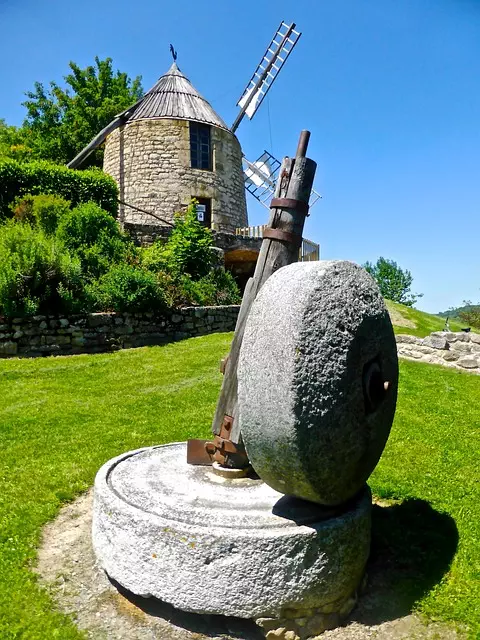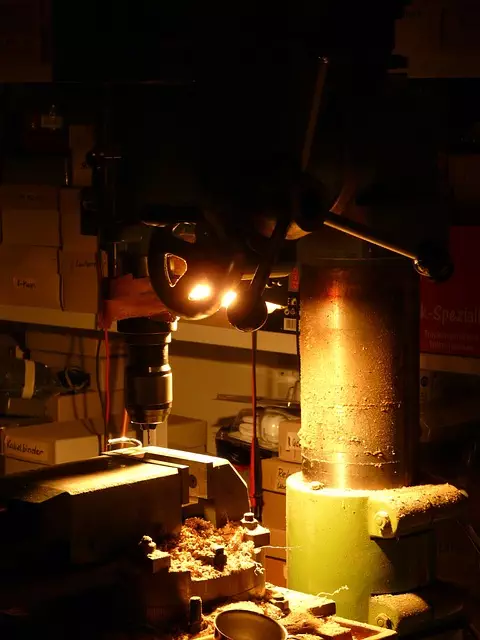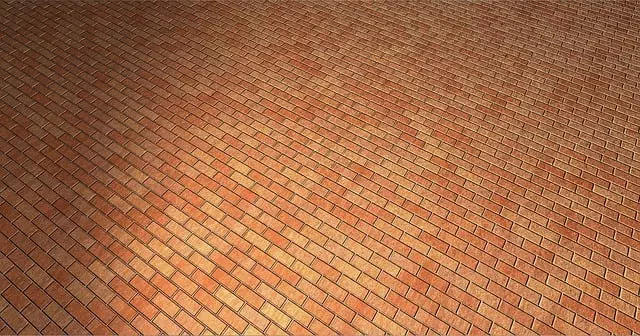The implementation of pavement milling and grinding in Toledo, Ohio has significantly enhanced road safety and durability. This process removes specific asphalt layers from roads and recycles the material into new pavements, promoting environmental sustainability and cost savings. It has led to safer streets by increasing friction levels, which is crucial for traction and mitigating accidents during poor weather conditions. The city's commitment to this method aligns with American Association of State Highway and Transportation Officials (AASHTO) standards for road texture, ensuring high-quality and safe roads. Toledo's proactive approach in adopting this technology has resulted in a smoother driving experience and has extended the lifespan of its road network. The city's strategic application of pavement milling and grinding techniques not only improves the quality of its roads but also serves as a model for other municipalities looking to upgrade their infrastructure efficiently and sustainably.
Exploring advancements in road maintenance, this article delves into the transformative impact of pavement milling and grinding on Toledo, Ohio’s infrastructure. These techniques, a cornerstone for enhancing road surface texture, are not only vital for safety but also play a significant role in extending pavement life. We will examine how these methods have been instrumental in Toledo’s efforts to maintain superior road conditions, ensuring safer travel for its residents and visitors alike. Join us as we explore the practical applications and benefits of pavement milling and grinding in Ohio’s “Gem City.”
- Elevating Road Safety and Durability through Pavement Milling and Grinding in Toledo, Ohio
- The Role of Pavement Milling and Grinding in Enhancing Toledo, Ohio's Road Surface Texture
- Case Study: Pavement Milling and Grinding Applications and Benefits in Toledo, Ohio's Infrastructure
Elevating Road Safety and Durability through Pavement Milling and Grinding in Toledo, Ohio

In Toledo, Ohio, the integration of pavement milling and grinding techniques is significantly elevating road safety and durability. These advanced processes involve removing a precise layer of asphalt from existing roads, creating a smooth and consistent surface profile that enhances traction for vehicles and improves the visibility of road markings. The precision of these operations ensures that the texture of the pavement meets the specifications required to optimize friction between tires and the road, which is crucial during adverse weather conditions, thereby reducing the risk of accidents caused by slippery surfaces. Moreover, the milling and grinding process allows for the repurposing of the removed material, with a substantial portion being recycled into new pavements. This not only reduces the environmental impact but also lowers the overall costs associated with road maintenance. The end result is a network of roads in Toledo that are safer for drivers and more resilient against the wear and tear of heavy traffic and the elements, ultimately contributing to a smoother driving experience and extended pavement lifespan.
The city of Toledo has embraced the benefits of pavement milling and grinding as part of its infrastructure renewal strategy. This proactive approach to road maintenance ensures that the streets are not only safer for the motoring public but also provide a more comfortable ride due to the even surface created by these processes. The local government’s commitment to incorporating this technology underscores the importance of staying abreast of advancements in pavement preservation methods, which can lead to tangible improvements in road conditions and safety standards. As Toledo continues to invest in its road network through pavement milling and grinding, it sets a precedent for other municipalities to follow, demonstrating the practical and economic viability of such innovative maintenance techniques.
The Role of Pavement Milling and Grinding in Enhancing Toledo, Ohio's Road Surface Texture

Pavement milling and grinding are critical processes in the maintenance and enhancement of road surface texture, particularly in Toledo, Ohio. These operations involve removing a specified layer of the existing pavement’s surface with precision machinery. The milled material is then processed and often reused in new construction projects, which promotes sustainability and cost-effectiveness. In Toledo, these techniques are employed to refurbish road surfaces, ensuring they adhere to the American Association of State Highway and Transportation Officials (AASHTO) specifications for surface texture. The refined texture provided by pavement milling and grinding not only improves ride quality but also significantly enhances traction and safety for motorists, particularly during inclement weather conditions. The angular edges left by the grinding process are specifically beneficial for water displacement, which aids in reducing hydroplaning risks. This is particularly important in Toledo, where wet conditions can be prevalent due to its proximity to bodies of water like Lake Erie. By implementing pavement milling and grinding, Toledo’s infrastructure undergoes continuous improvement, contributing to the safety and efficiency of road travel for all users. These efforts are a testament to the city’s commitment to maintaining high-quality roads that withstand the test of time and varying traffic volumes.
Case Study: Pavement Milling and Grinding Applications and Benefits in Toledo, Ohio's Infrastructure

The city of Toledo, Ohio, has made significant strides in enhancing its infrastructure through the application of pavement milling and grinding techniques. This process involves removing a precise layer of asphalt from existing pavements to resurface roads with greater durability and better performance characteristics. In Toledo, these applications have been instrumental in addressing the specific needs of its road network, which includes both arterial and residential streets. The milled materials are then repurposed or recycled, contributing to sustainable construction practices and reducing the environmental impact associated with traditional paving methods.
The benefits of employing pavement milling and grinding in Toledo are multifaceted. Not only does this approach rejuvenate the road surface, creating a smoother and safer driving experience, but it also allows for precise control over the thickness and composition of the new asphalt layer. This ensures a more uniform and consistent ride quality across the city’s roads. Furthermore, the process of pavement milling and grinding in Toledo has been optimized to minimize traffic disruptions, utilizing advanced machinery that can operate efficiently during both peak and off-peak hours. The result is a network of streets that are not only structurally sound but also less prone to maintenance issues in the future, thereby extending the lifespan of Toledo’s road infrastructure.


